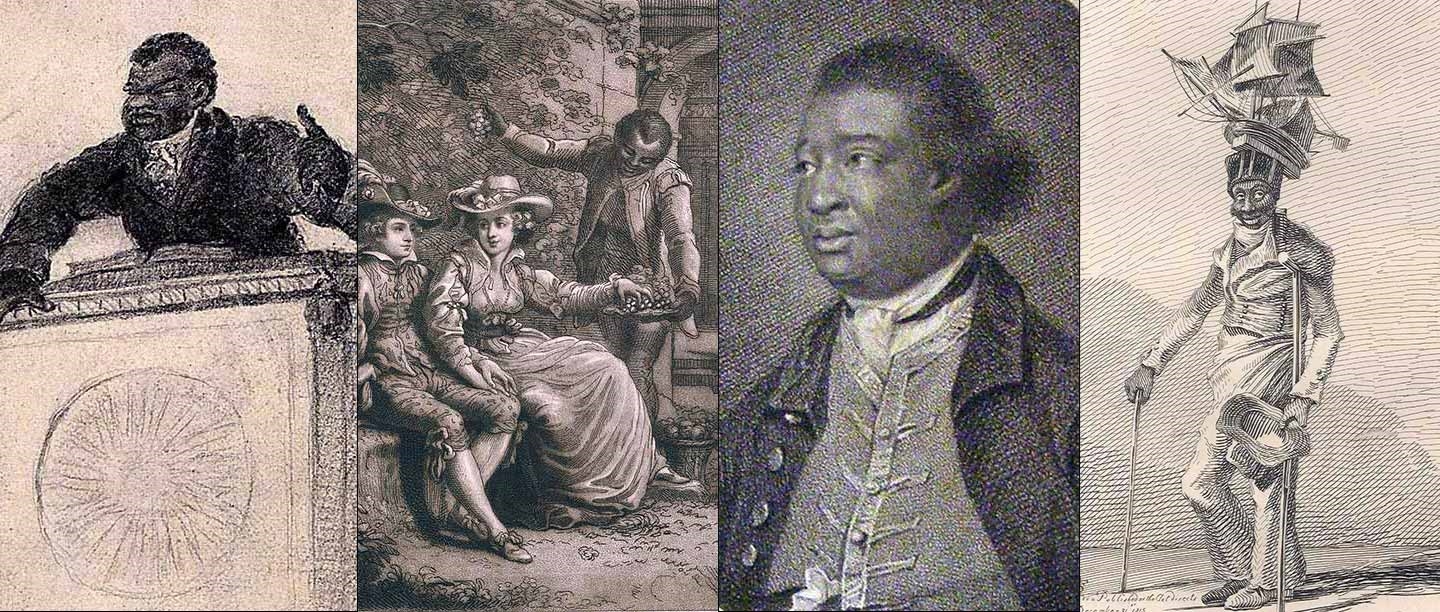Servants and slaves
Even as a confined body of men and women, such a large number of black people would have made an enormous impression in such a rural area. But people of African origin weren’t entirely unknown in late 18th-century Hampshire. Pockets of black sailors, servants and the enslaved could be found in Southampton and Portsmouth.
In the neighbouring village of Bramdean, John Rippon, a black servant to the Earl of Powis, left the large sum of £63 to his fellow servants and others as well as £71 17s 9d to the poor of his parish on his death in 1800. In his will he described himself as a ‘gentleman’ – a term that couldn’t be applied to the overwhelming majority of black people living in Britain at the time.
Read the full story of the black prisoners at PortchesterIndependent lives
Waged and enslaved servants formed the largest group of black workers. A black servant, often a young page or handmaid, was seen as a status symbol, adorning the houses of the well-to-do. Their experiences and legal statuses varied enormously. Some, like John Rippon, lived comfortably. Others were displayed as walking, talking objets d’art, wearing silver and brass collars on which was engraved the name and address of whoever had bought their lives.
A small number rose from servitude (often with the help of their former masters) to enjoy independent lives. Prominent among this class were the Westminster shopkeeper, lettrist and composer Ignatius Sancho, the coal merchant and property owner Cesar Picton in Kingston-upon-Thames and the Nottingham-based George Africanus, who ran a servants’ register in the city.
Slavery’s Shadow
Success of this kind was unusual, though, and for black people of every rank it was the shadow of slavery that had shaped their lives.
The sale of individual young African men and women was a feature of port city life – particularly in London. Even at the height of the abolition movement there were spaces where Africans trained in domestic service could be bought. Sometimes described as ‘slave-servants’, they were often of indeterminate status. In 1781 the Solicitor-General John Lee, commenting on the Zong Massacre in which 122 Africans were thrown overboard in order to save water rations, stated: ‘Blacks are goods and property.’
By the end of the 18th century Britain was the leading trader in human lives across the Atlantic. There were over a million enslaved Africans in the British West Indies. Working a minimum of 3,000 unpaid hours yearly, they generated much of the wealth from which the new manufacturing economy would be created. Inevitably, black people had been arriving in all parts of the British Isles, unwillingly and willingly, for over two centuries. Current estimates are that at least 10,000 lived in London, with a further 5,000 throughout the country.
Army Recruits
By the end of the 18th century the British Army was the largest single purchaser of enslaved Africans in the Caribbean. A total of 6,376 people were bought for immediate military service in the area from 1798 to 1806.
During the American Revolutionary War Africans fleeing captivity were offered their freedom should they join the British armed forces. With the collapse of the British campaigns in North America several thousand black troops (some with their families) fled to British-held territories. Over one thousand made their way to Dublin, Liverpool and London.
Black soldiers were also recruited from those born in the British Isles and were found in the ranks of ‘county’ regiments and foot guards.
The Royal Navy
The Royal Navy guaranteed British dominance in the Atlantic world and the security of plantation societies throughout the Caribbean. African men, some enslaved, were a constant feature of this fighting force.
The navy’s constant need for manpower also prompted the recruitment of free black labour. For many African men in the Atlantic world, a life at sea offered more opportunities than one on land. Although most never advanced beyond the rank of landsman or able seaman, black petty officers were not unusual, and the case of a frigate captain of mixed background (John Perkins) has been recorded.
One result of their presence was the development of small black settlements in Britain’s port cities. It was in the ports that the most active and skilled sections of the black community could be found.
But many of the black soldiers and sailors were otherwise unskilled, and in London they swelled the ranks of the black poor. The sight of black ex-servicemen ‘starvin’ about the streets’ was not unusual. The black beggar became a common figure. Two who entered folk history were the one-legged violinist Billy Waters, who was hailed as ‘King of the Beggars’, and Joseph Johnson, who was famed for singing patriotic songs while wearing a model ship attached to his hat.
Sacred and profane
It was in the less privileged sections of society that people of African origin may have had the most impact. Francis Grose’s Dictionary of the Vulgar Tongue (1785) included a number of words and phrases of African origin (kickerapoo – dead; bumbo – a woman’s private parts) which had entered everyday London English. Intermarriage between black men and women and white Britons was high. Public houses owned by black men could be found across the country.
In contrast to plantation societies, membership of the Church of England was not prohibited to Africans. Once in Britain, many sought to join congregations, be baptised and have access to poor relief funds as they were settled in a parish. Black preachers abounded and at least one black church was recorded in Whitechapel.
Abolition
Britain was, most importantly, a place of black political organisation. Central to this were campaigns for the abolition of the slave trade. A determining element of that movement was the involvement of African men and women living in Britain who, for the first time, offered in writing first-person testimony to the horrors of slavery, and formed lobby groups like the Sons of Africa which counted the writers and formerly enslaved Olaudah Equiano and Ottobah Cugoano among its members.
Both the American and French revolutions made it clear that some political freedoms were the exclusive preserve of white people, and that African calls for fraternity would go unheeded. But black people at every level of British society and in a variety of ways – indeed by their very presence – exposed the contradictions inherent in some parts of Enlightenment thought and challenged degraded notions of human diversity.
After just over a year at Portchester, many of the black prisoners were exchanged for British prisoners held by the French. Some travelled with their families through France onto other parts of the French Empire, or back to the Caribbean where they took up arms against Napoleon’s re-imposition of slavery.
Given the large number of prisoners in such a small area, it would be surprising if some of the black internees did not settle locally or make their way to ports on the south coast, or perhaps to London. We may be confident that future researchers will discover them or their descendants engaged in the familiar struggles and stories of black settlers in Britain.
Find out more
-
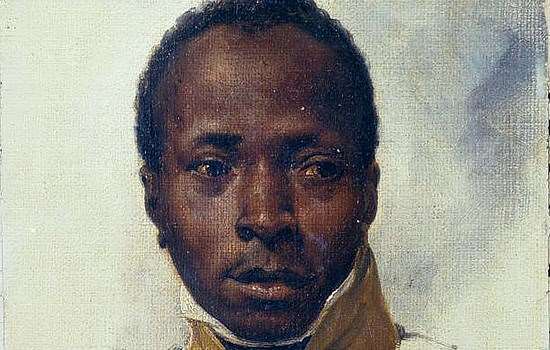
Black prisoners at Portchester Castle
Read the extraordinary story of a group of over 2,500 prisoners of war who were brought to Portchester Castle in 1796 from the Caribbean island of St Lucia.
-
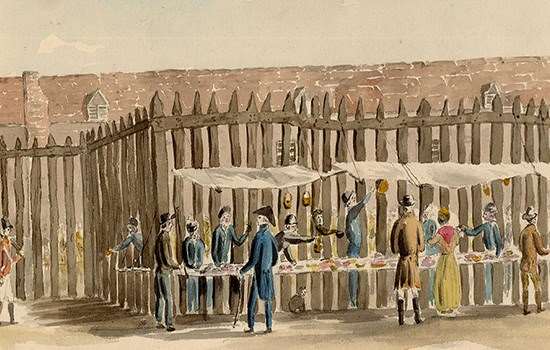
Prisoners of war at Portchester Castle
During the wars with France between 1793 and 1814, thousands of prisoners of war were held at Portchester Castle. Where did they come from, and what was life like at the castle?
-
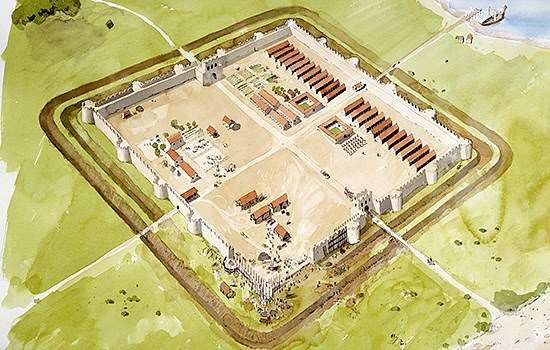
History of Portchester Castle
Read a full history of the castle, from its origins as a Roman fort, through its development as a medieval castle and its role as a prison, to the present day.
-
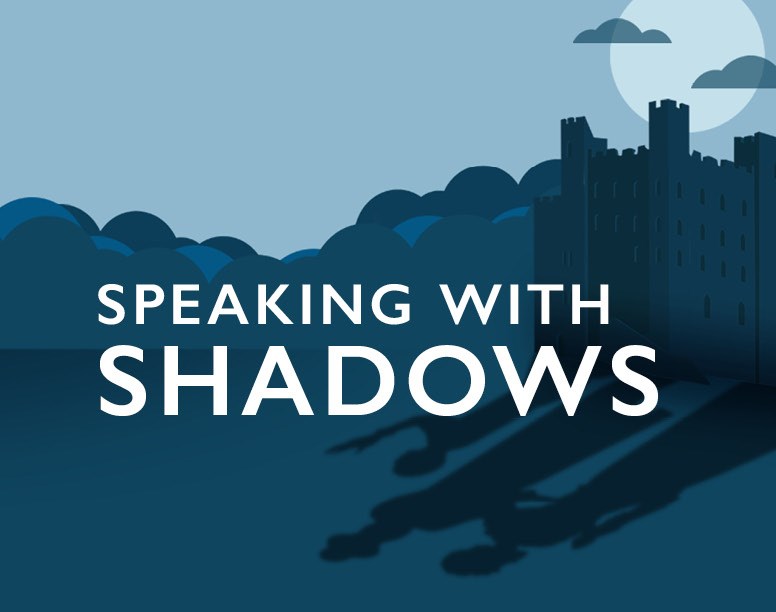
Listen to Speaking with Shadows
In the episode of our Speaking with Shadows podcast, Josie Long visits Portchester Castle to learn about the black prisoners of war who were imprisoned there in the 18th century.

